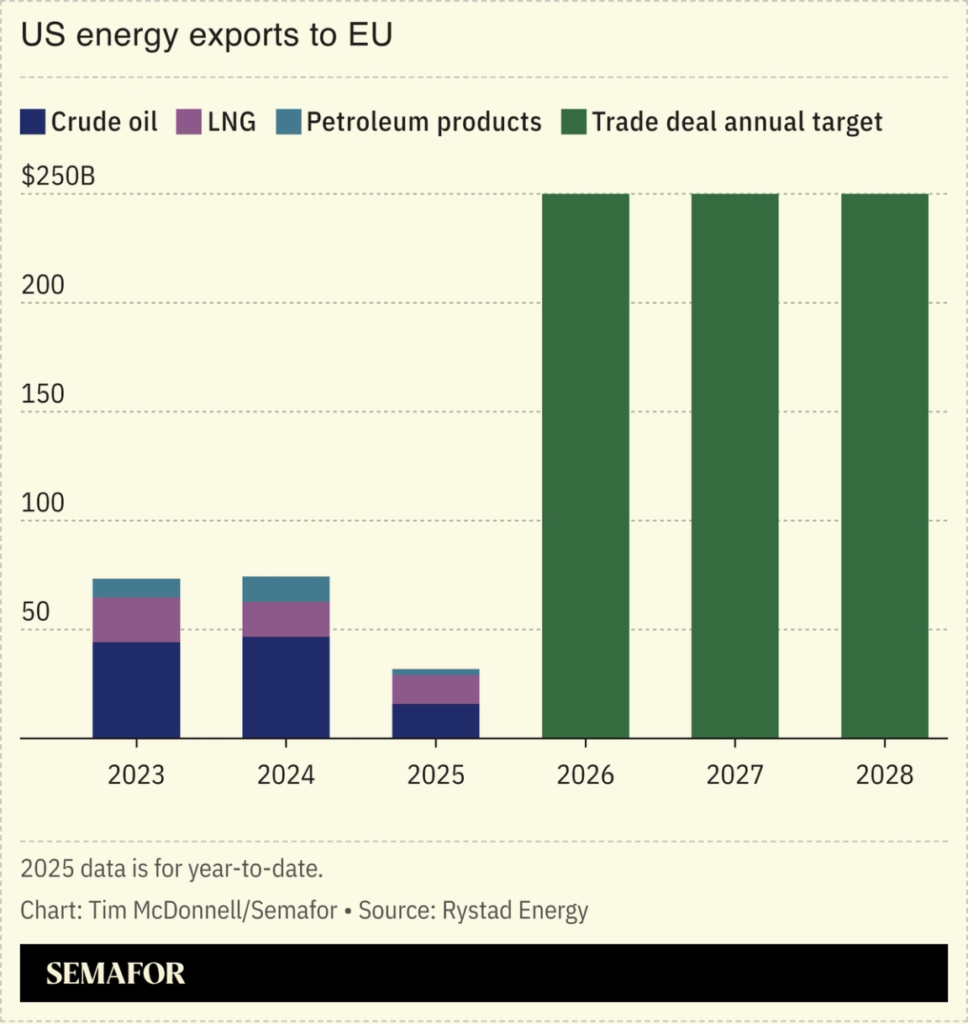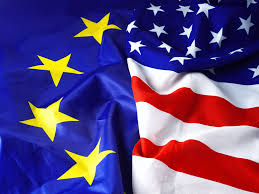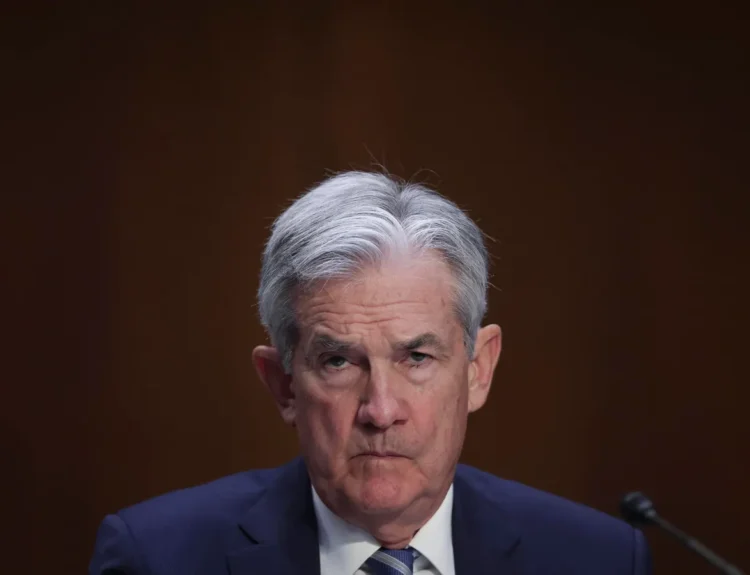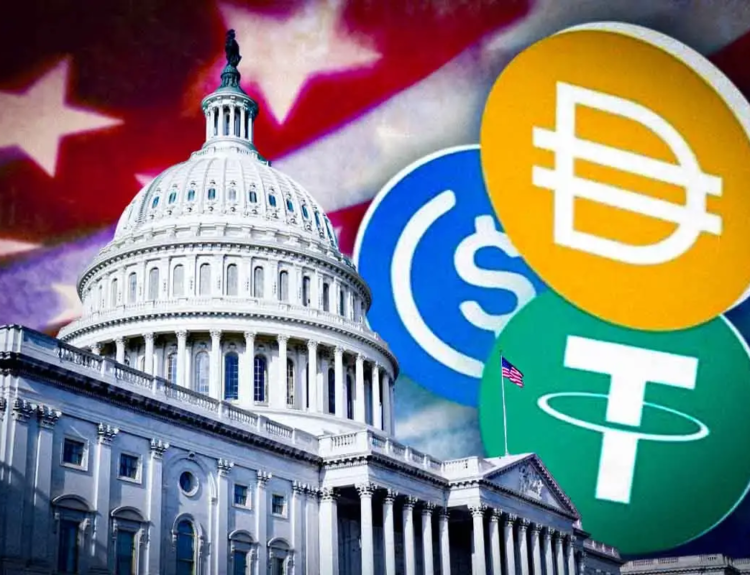Trump’s “biggest deal ever” forces Europe to buy $750 billion of US energy — critics warn it could derail the Green Deal and lock the bloc into fossil fuel dependence.
The trade deal announced last week between the US and EU is being hailed by President Donald Trump as a historic breakthrough — but experts say it’s a quiet victory for Big Oil and a potential body blow to Europe’s climate ambitions.
The Deal
- The EU committed to purchasing $750 billion in US energy exports over three years, mostly liquefied natural gas (LNG) and oil, to replace Russian supplies.
- The deal also includes concessions that could weaken EU climate rules, such as the Corporate Sustainability Due Diligence Directive (CSDDD), which forces large companies to implement net-zero strategies across their supply chains.
- EU leaders pledged to ensure these regulations “do not pose undue restrictions on transatlantic trade,” signaling they may be diluted under US pressure.
Industry Pushback
US fossil fuel groups lobbied aggressively during negotiations. ExxonMobil CEO Darren Woods warned EU climate rules would be “bone-crushing” for his company, while the American Petroleum Institute called the EU’s climate directives “misguided” and demanded exemptions for US firms.
Marjorie Chorlins of the US Chamber of Commerce argued the CSDDD’s “extraterritorial reach” posed unacceptable risks to American businesses, pressing the Trump administration to push back.

Climate Concerns
Climate campaigners say the agreement represents an about-turn in Europe’s energy transition strategy:
- Lock-in effect: Critics warn the EU is “locking itself into decades of fossil fuel dependence,” undermining its 2040 target of a 90% cut in emissions.
- Emissions risk: LNG production and transport generate high methane emissions, potentially worsening Europe’s carbon footprint versus Russian pipeline gas.
- Wasted investments: EU firms that had already invested to comply with stricter ESG rules now face uncertainty.
Esther Bollendorff of CAN Europe called it a “dramatic U-turn” from the Green Deal, while Andreas Sieber of 350.org said it risks “accelerating the wildfires and flooding already wreaking havoc across the continent.”
EU’s Defense
Brussels insists the deal only covers three years and won’t derail its 2050 carbon neutrality goals. “This will have no impact on our decarbonization targets — none whatsoever,” EU spokesperson Anna-Kaisa Itkonen said.
Bigger Picture
- Energy security: Critics warn replacing Russian dependence with US dependence violates the “first rule” of diversification.
- Trade leverage: Trump’s deal shows how Washington can use trade talks to pressure foreign governments into easing climate regulations.
- Uncertain delivery: The EU imported €60B of US energy in 2024. Scaling that to €216B annually looks almost impossible, analysts note.
Trump’s EU deal hands a massive win to US fossil fuel producers and shows how climate rules can be bent under trade pressure. For Europe, it raises a dangerous question: can the bloc stay a climate leader while committing to buy record amounts of American oil and gas?
Disclosure: This article does not represent investment advice. The content and materials featured on this page are for educational purposes only.
Related:
ETF Boom or Bubble? US Now Has More ETFs Than Stocks as Retail Piles In
Federal Reserve Explained: How It Shapes Stock Market and Economy
Jerome Powell signals Fed may cut rates soon even as inflation risks remain
EU Speeds Up Digital Euro Plans After US Stablecoin Law, Considers Ethereum and Solana










